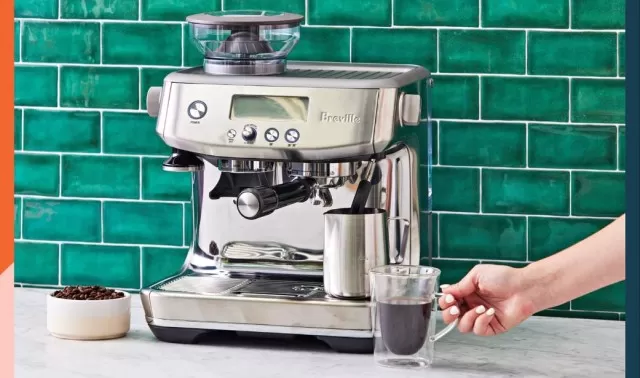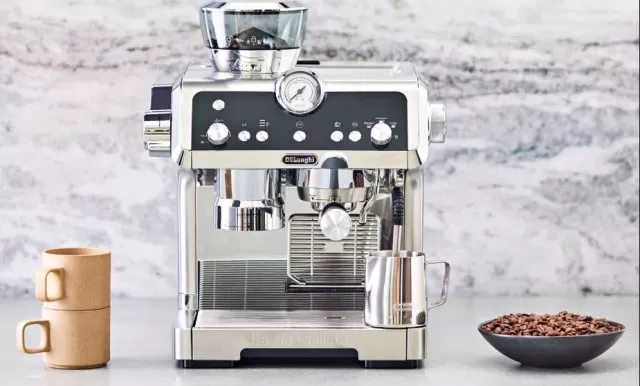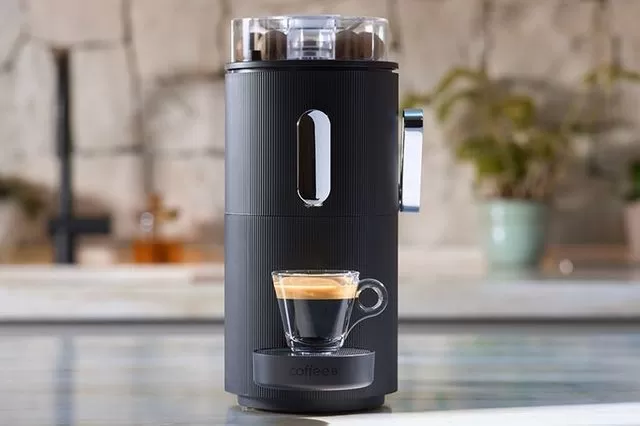While noticeable signs of a dirty Coffee Maker include oily residue and mineral buildup, leading to stains, brewing issues, and bitter coffee.

Your coffee maker may not be as pristine as you assume.
While noticeable signs of a dirty coffee maker include oily residue and mineral buildup, leading to stains, brewing issues, and bitter coffee, it’s the unseen germs and bacteria that can pose a more significant concern.
A study conducted by NSF International, an independent public health organization, identifies coffee makers as the fifth most germ-infested area in your home.
Shockingly, half of the tested reservoirs contained yeast and mold. These organisms have the potential to cause allergic reactions and infections, making it crucial to clean your coffee maker properly to avoid falling ill.
The good news is that you can easily achieve a sparkling and almost-new appearance for your coffee pot by following a few simple steps.
In this guide, we will explain how to clean a traditional drip-style coffee maker Using Vinegar and water. Regardless of the type of coffee maker you own, it’s important to allocate some time for the vinegar to work its magic, so avoid attempting this right before you need to brew a fresh pot.
Clean a Coffee Maker

What You’ll Need.
Equipment / Tools.
Coffee maker
Cleaning cloth
Materials.
White distilled vinegar
Coffee filters
Instructions.
If you use your coffee maker daily, it is recommended to clean the machine approximately once a month.
For occasional coffee drinkers, cleaning every three to six months should suffice. However, if you observe visible buildup around the pot or basket, or if your coffee tastes unpleasant, it’s time to clean your coffee maker.
Fill the Coffee Maker with Vinegar and Water.
To begin cleaning your coffee maker, fill the reservoir with a mixture of white distilled vinegar and water in a 50-50 ratio.
If the machine has excessive buildup, you can increase the proportion of vinegar. The vinegar not only sanitizes the coffee maker and carafe but also helps dissolve any accumulated mineral deposits.
Brew and Let Soak.
Place a coffee filter in the basket and switch on the brewer.
When the brewing process is about halfway complete, turn off the coffee maker and let the remaining vinegar solution soak in the carafe and reservoir for approximately 30 to 60 minutes, depending on the extent of the buildup that needs to be removed.
Finish the Cycle and Flush with Water.
Turn the coffee maker back on and allow it to finish the brewing cycle.
Discard the paper filter, if used, and pour out the vinegar solution.
Now it’s time to eliminate the vinegar scent and taste from the coffee maker.
Fill the reservoir with fresh water, place a coffee filter in the basket, switch on the coffee maker, and let it complete a brewing cycle. Remove the filter, pour out the water, and repeat the process with Clean Water for a second cycle.
Finally, wipe down your coffee maker and coffee pot with a clean cloth to ensure a thorough cleaning.
Clean a Coffee Maker with baking soda

Baking soda can be used as an alternative to vinegar for cleaning a coffee maker.
Here’s how you can use baking soda:.
Mix 1/4 cup of baking soda with 1 cup of warm water until the baking soda is dissolved.
Pour the baking soda mixture into the water reservoir of the coffee maker. Turn on the coffee maker and allow it to run a brewing cycle as if you were making a regular pot of coffee.
Once the brewing cycle is complete, discard the baking soda mixture. Rinse the coffee maker by running clean water through it once or twice to remove any remaining baking soda.
Wipe down the coffee maker with a clean cloth. Using baking soda can help remove stains, odor, and mineral buildup from your coffee maker.
It is a gentle and natural alternative to vinegar.
*The information is for reference only.